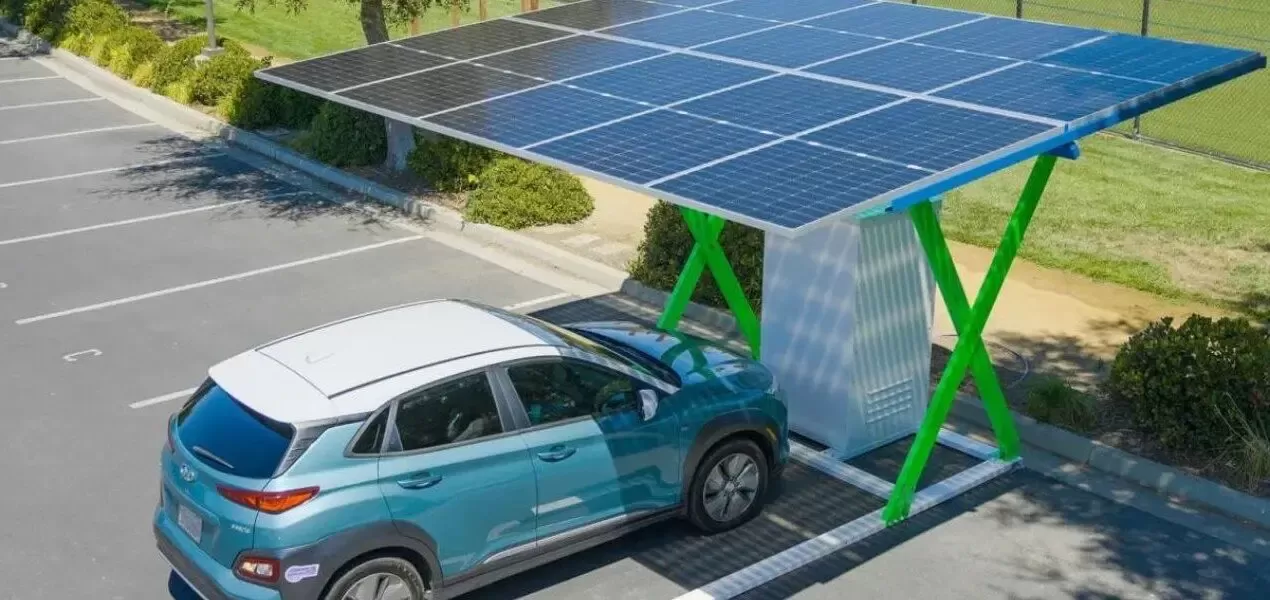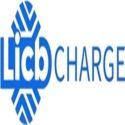Notifications

7 minutes, 55 seconds
-76 Views 0 Comments 0 Likes 0 Reviews

As a leading professional EV charger manufacturer in China, Topper Company provides reliable electric vehicle charging station equipment and comprehensive charging solutions.
Driving an electric vehicle (EV) in the summer is generally safe—but rising temperatures can raise one key concern for EV owners: the effect of heat on battery health.
Unlike internal combustion engines, which are designed to generate heat, EVs run on lithium-ion batteries—highly efficient but sensitive to extreme temperatures. In hot weather, these batteries can lose efficiency, affecting driving range, charging speed, and long-term durability.
Prolonged exposure to high heat can degrade a battery’s ability to store energy, meaning it may not hold a charge as well over time. While most modern EVs feature thermal management systems to combat overheating, it’s still crucial to adopt smart charging practices—especially during intense summer heat.
The ideal temperature range for EV batteries is typically between 20°C and 25°C (68°F to 77°F). Within this range, batteries perform optimally. But once temperatures rise above 35°C (95°F), the risk of overheating grows. While such extremes may be rare in places like the UK, many parts of the world face extended heatwaves during summer, making it essential for drivers to be proactive.
So, how can you keep your EV battery cool and healthy this summer? Here are five practical charging tips to help maintain your range, extend battery life, and prevent problems on the road.
It’s tempting to charge to 100% for maximum range—or let your battery drain close to zero. But doing so frequently in hot weather can accelerate battery wear.
Lithium-ion batteries perform best within a moderate charge range. That’s why most manufacturers recommend staying between 30% and 80% during everyday use, especially in high temperatures. Charging beyond this range increases battery stress and generates additional heat.
Reserve 100% charges for long trips and avoid fully depleting your battery whenever possible. Partial charges are easier on your battery and reduce heat buildup—key during summer months.
DC fast chargers—also known as superchargers—are great for quick top-ups. But their high-speed output generates significant heat, increasing thermal strain on your EV’s battery.
In hot weather, frequent fast charging can push your battery past its comfort zone, leading to faster degradation over time.
While fast charging is fine in emergencies or on road trips, opt for Level 2 chargers for daily use. They offer a gentler charging experience and reduce the load on your EV’s cooling system.
When and where you charge matters—especially in summer.
Charging during the heat of the day under direct sunlight raises battery temperatures and forces your EV’s cooling system to work harder. Instead, aim to charge at night, when ambient temperatures are lower. Not only does this reduce battery stress, but it may also help you avoid peak electricity rates.
If nighttime charging isn’t possible, choose shaded or covered charging spots. Even a simple parking shade can reduce battery temperature by several degrees.
Level 1 (standard outlet) and Level 2 (240V home or public) chargers provide slower, steadier charging, making them ideal for overnight use.
Slow charging produces less heat and allows your EV’s thermal management system to maintain optimal conditions without stressing the battery. Many EVs also support scheduled charging, so you can program the car to begin charging during cooler, off-peak hours.
Additionally, keeping your EV plugged in overnight lets the internal cooling systems run without drawing down the battery—crucial in warm weather.
Road trips are a summer tradition, and a bit of planning goes a long way when driving an EV.
Use apps like PlugShare, ChargePoint, or A Better Routeplanner to map out compatible charging stations along your route. These tools help you avoid range anxiety and find shaded or amenity-equipped stations for a more comfortable experience.
Before you hit the road, don’t forget to bring your charging cable, adapter, and consider packing a portable charger for emergencies. Also, check your EV’s tire pressure, coolant, and software updates to ensure smooth travel in the heat.
Beyond charging strategies, here are a few more ways to keep your EV battery cool and healthy during hot weather:
Use Cabin Preconditioning
Cool your car while it’s still plugged in to reduce battery drain when driving.
Avoid Heavy Acceleration
Fast acceleration generates more heat. Drive smoothly to conserve energy.
Monitor Battery Health
Use your vehicle’s app or dashboard diagnostics to check battery temperature and overall health.
Park Indoors or Use Sunshades
Whenever possible, park in a garage or shaded area. A reflective windshield cover can also help reduce internal temperatures.
Summer heat doesn’t have to be a threat to your EV—as long as you adopt the right habits. By charging smart, avoiding unnecessary heat buildup, and planning ahead, you can keep your battery healthy and your EV running efficiently all season long.
Battery technology is evolving fast, with promising developments like solid-state batteries and advanced thermal systems on the horizon. But until then, smart summer charging practices are your best defense.
So this summer, drive smart, charge wisely, and enjoy the ride—confident your EV is ready for the road, no matter how high the temperature climbs.Know more about Google SEO Directory
China EV Chargers EV Charger Manufacturer EV Charging Solutions
